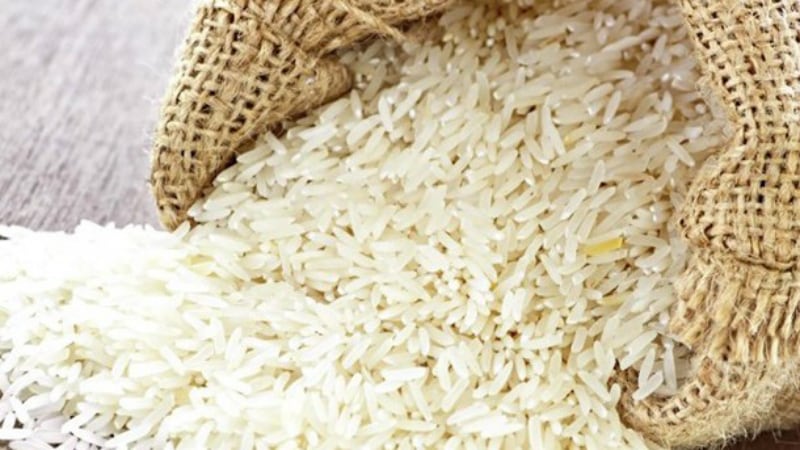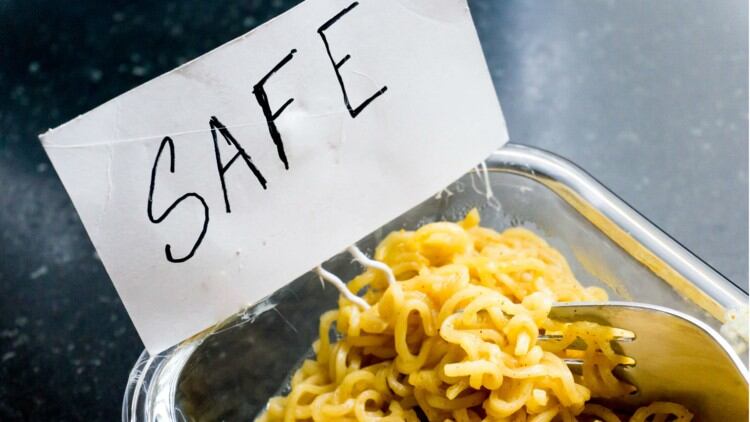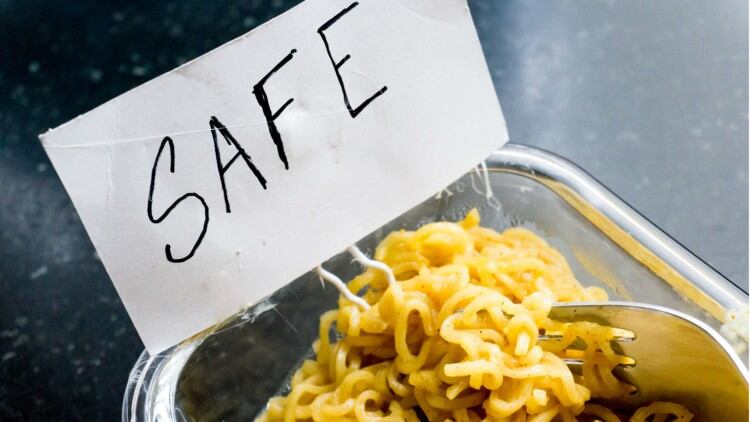The announcement was made by Agriculture Secretary Emmanuel Pinol via his Facebook page.
Pinol also announced the standardisation of rice labels to ‘regular-milled’, ‘well-milled’, ‘premium’, and ‘special rice’, and that there will be a distinct differentiation between imported and Filipino rice.
“The use of fancy brand names like ‘Mindoro Dinorado’, ‘Super Angelica’, ‘Yummy Rice’ and ‘Double Diamond’ will be banned to stop the mislabelling and deception in the marketing of rice,” he warned.
“[After the guidelines are published], the National Food Authority (NFA) and Department of Trade and Industry (DTI), supported by the Philippine National Police (PNP) will make regular rounds of the markets to ensure compliance with the SRP.
“Violators could face penalties of up to 4 years imprisonment and fines of up to PHP1mn (US$18,500), including the cancellation of their NFA licences.”
At the new prices (per kilogramme), imported well-milled rice will go for no more than PHP39 (US$0.73) per kilo, imported premium (Pakistan, India, China) at PHP40 (US$0.74), and imported premium (Thailand, Vietnam) at PHP43 (US$0.80).
For local varieties, local regular-milled rice will be sold at maximum PHP39 (US$0.73), local well-milled at PHP44 (US$0.82), and local premium at no more than PHP47 (US$0.87).
No SRPs will be fixed for special rice varieties.
As of now, the SRPs only apply to Metro Manila and Suburbs, including the cities and towns in the Greater Manila Area.
“The SRPs for supermarkets and the regions will be discussed by the stakeholders next week,” said Pinol.
The SRPs implementation was initially set for October 23. On the same day, Pinol announced that the date was delayed to October 27 due to ‘the request of rice industry stakeholders for a 3-day period to prepare the signages in the retail outlets’.
The Philippines’ rice saga
Over the past several months, the country has seen an ongoing saga with regard to the country’s rice supply.
President Rodrigo Duterte previously also denied any shortage of rice in the country, saying: “They [keep] saying there is rice shortage. We have lots of rice. Some of them are set to arrive. Now there’s even an excess.”
Less than two months on, Philippines has imported one million metric tons (MT) of rice so far in 2018, and the NFA has announced the entry of an additional 750,000 MT.
In addition, Pinol announced the import of one million metric tons (MT) of rice for 2019. Pinol also serves as the NFA Council Chairman.
A state of calamity was declared in the Zamboanga region in response to rice prices reportedly soaring up to PHP70, although this was denied by Pinol.
Earlier this month, presidential spokesperson Harry Roque Jr was quoted as announcing that Duterte had ordered the ‘unimpeded importation of rice’ to ‘flood the market with rice’, but this has been denied by Pinol as well.
Inflation and other woes
The SRPs for rice come at a time when the Philippines is facing inflation rates of 6.7% overall (in September 2018), the highest the country has seen in nine years since February 2009.
According to data released by the Philippines Statistics Authority, the food and non-alcoholic beverages index alone rose to 9.7% in September 2018, and were what ‘primarily brought about the uptrend’.
Experts expect the overall inflation rate to hit 7% in the remaining quarter of the year.
“We expect headline inflation to cross seven percent this fourth quarter,” ANZ Research economist for ASEAN and India Shashank Mendirata said to PhilStar.
“The continued upside risks to inflation, especially the impact of the recent typhoon is likely to push up inflation.”
ANZ Research also reduced its 2018 growth estimate for the Philippines to 6.5%. Earlier this year, this estimate had already been cut to 6.6% from the initial 6.8%.
Along the soaring inflation rates are rising food prices, which has triggered concerns over socioeconomic issues.
One of this is the country’s chronic malnutrition issue in children, which is ‘very high’, according to the United Nations Children’s Fund (UNICEF).
The UNICEF Situation Analysis of Children in the Philippines has revealed that one in three children below the age of five are stunted, whereas one in five are underweight.
According to Lotta Sylwander, UNICEF representative to the Philippines, these levels are similar to many African countries which are overall poorer.
“It’s sad that the inflation now is so rapid that it can actually directly or indirectly harm children's health. […] I think the increasing prices on food items will have an impact on the nutritional status of children,” she said to Rappler.
The cost of food in the Philippines rose by 10% last month. Fish prices increased by up to 12%, meat by 7%, and vegetables by 20%.





